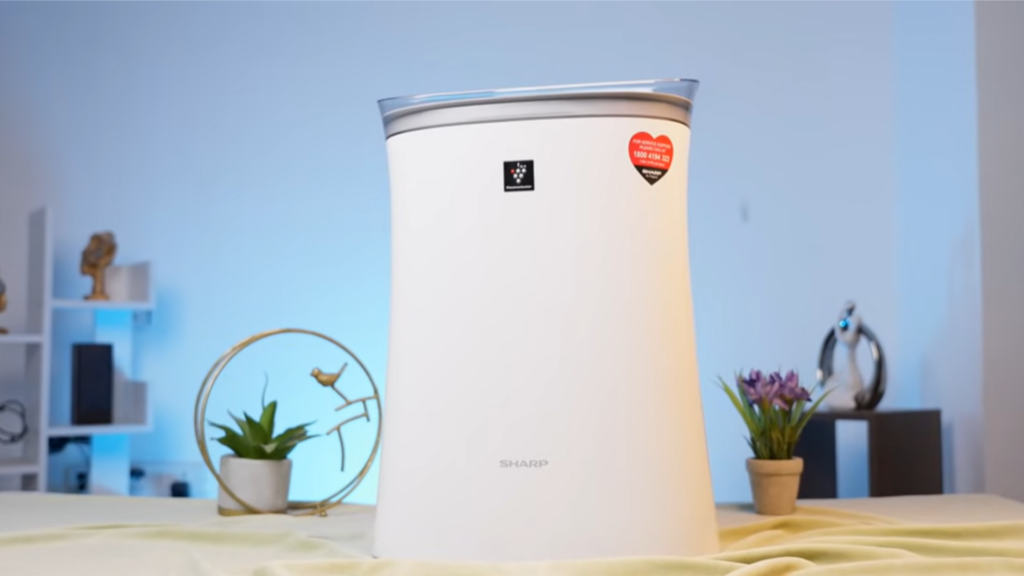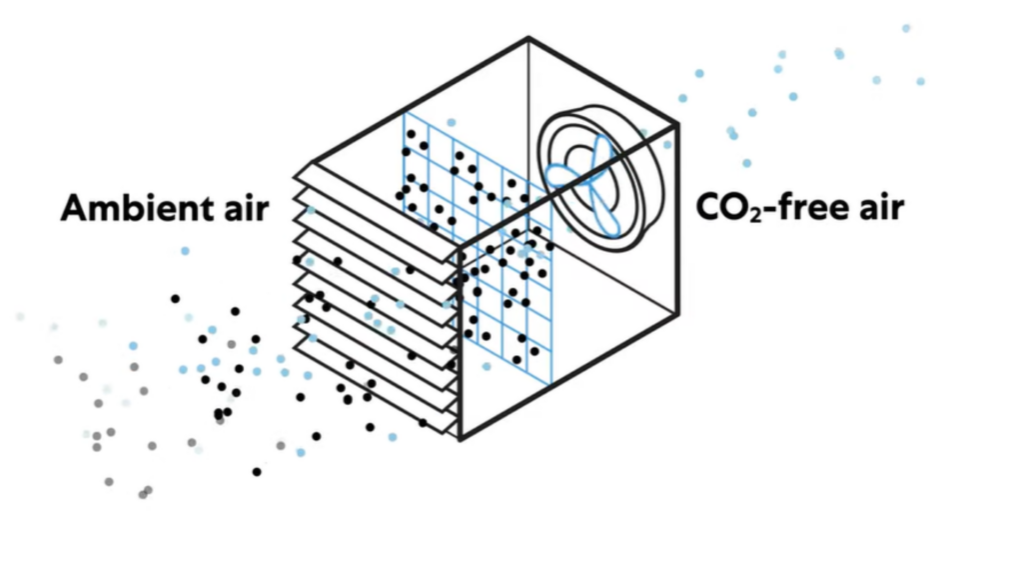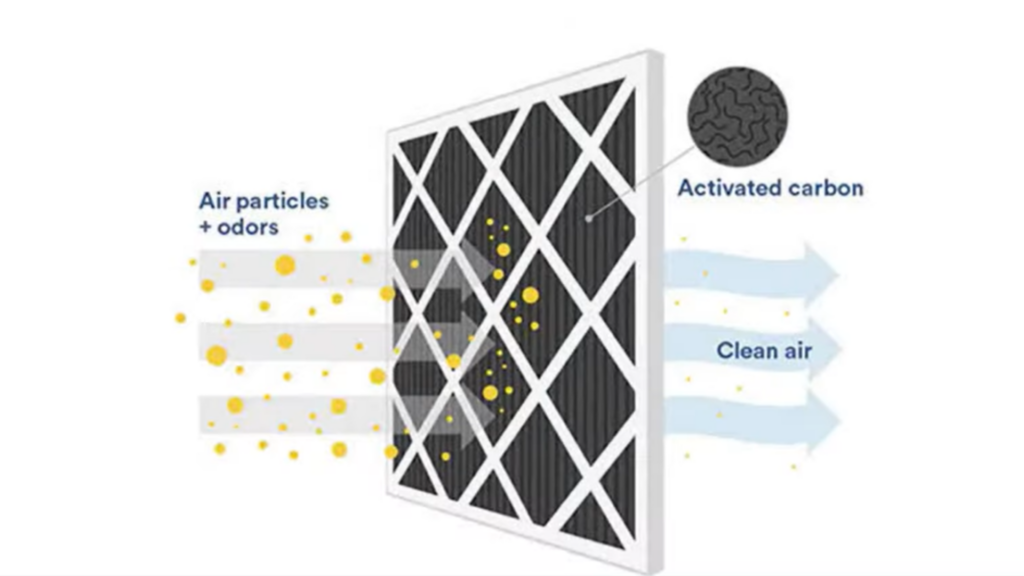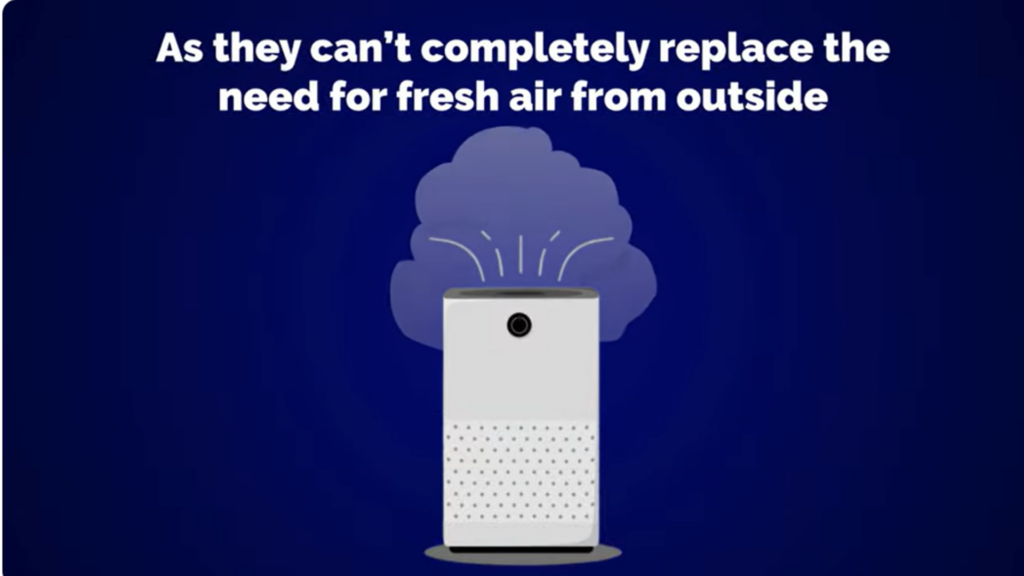I always wondered—do air purifiers reduce CO2? I use one every day to keep my air fresh, but can it lower carbon dioxide levels too? I wanted a clear answer, so I did some research and ran my own tests. What I found surprised me! In this article, I’ll explain what air purifiers really do, whether they remove CO2, and how to keep your indoor air healthy. Let’s dive in!

Understanding Air Purifiers and Their Function
Air purifiers help clean indoor air, but how do they work? They use different filters to trap dust, allergens, and odors, making the air fresher.
Most air purifiers have HEPA filters, which catch tiny particles like pollen and pet dander. Some use activated carbon filters to remove smells and chemicals. Others have UV-C light or ionizers to kill germs.
But here’s the thing: air purifiers don’t remove CO2. They filter out particles, but carbon dioxide is a gas, and most air purifiers can’t trap gases.
So why do people think they reduce CO2? It’s a common mistake. Since air purifiers make a room feel fresher, it seems like they lower CO2 too. But without fresh air, CO2 can still build up.
Want to cut CO2 levels? Air purifiers won’t help, but don’t worry—I’ll show you what does!
Do Air Purifiers Reduce CO2?
Short answer: No, most air purifiers do not reduce CO2.
Air purifiers work wonders for cleaning the air, but they don’t remove CO2. That’s because CO2 is a gas, and air purifiers are designed to filter out solid particles like dust and allergens.

Why isn’t CO2 a problem for air purifiers? CO2 isn’t considered a harmful pollutant like dust or smoke. It’s just a natural part of the air. However, when CO2 builds up indoors, it can cause problems like headaches or fatigue.
Air purifiers can’t tackle CO2 because they’re not built to filter gases. To lower CO2, you’ll need things like fresh air, plants, or special filters designed for CO2. Don’t worry, I’ll show you the best ways to reduce CO2 levels at home next!
Can You Get an Air Purifier That Removes CO2?
You might wonder—are there air purifiers that get rid of CO2? The short answer: Yes, but they work differently from regular air purifiers.
Most air purifiers clean the air by trapping dust, allergens, and smoke. But CO2 is a gas, and standard air purifiers can’t remove gases. That’s where CO2 filters come in.
A CO2 filter for home uses special materials to absorb carbon dioxide. Unlike regular filters, which catch particles, these filters trap gas molecules.
There are different types of CO2-removal technology:
- Activated carbon vs. adsorbent filters – Some filters soak up CO2 like a sponge. Others use chemical reactions to lock it in.
- Molecular sieves – These tiny structures act like a net, catching CO2 while letting other air molecules pass through.
- Electrochemical CO2 scrubbers – These high-tech systems use electricity to pull CO2 from the air.
If you need to lower CO2 at home, a carbon dioxide air purifier with the right filter can help. But the best solution? Fresh air! Open windows, use fans, or add houseplants to keep CO2 levels in check.
How to Reduce CO2 Levels at Home
Worried about CO2 at home? No problem! There are easy ways to fix it.

1. Open windows. The best way to lower CO2 is fresh air. Crack a window, turn on a fan, or use an air vent. Even a few minutes can help!
2. Get some plants. Some plants soak up CO2 and give off oxygen. Try a snake plant, pothos, or peace lily. They won’t replace fresh air, but they help!
3. Use a CO2 monitor. Want to check your air? A CO2 detector tells you when levels are high, so you know when to act.
4. Try a CO2 filter. If fresh air isn’t enough, a CO2 filter can help. It pulls CO2 from the air and keeps levels low.
I tested these at home. Opening windows helped the most! A mix of air, plants, and a monitor keeps my space fresh. Try it and see what works for you!
Do Air Purifiers Help with Indoor Air Quality Even if They Don’t Reduce CO2?
Yes! Air purifiers don’t remove CO2, but they still make the air fresher. Think of them like a giant air cleaner—they grab dust, allergens, and odors so you can breathe easier.

They cut down on dust and allergies. If you sneeze a lot or wake up stuffy, an air purifier can help. HEPA filters trap tiny bits like pollen and pet hair. Since using one, I sneeze less and sleep better!
They remove bad smells and chemicals. Ever felt dizzy from paint or cleaning sprays? That’s from VOCs—tiny chemicals floating in the air. Activated carbon filters soak them up, making your home smell clean.
They help you sleep better. Clean air lets your lungs relax. I used to wake up feeling stuffed up, but after using my purifier, I breathe easier and sleep great.
So, while air purifiers don’t lower CO2, they’re still super useful. Use one with fresh air, plants, and a CO2 monitor for the best air quality!
FAQs (Optimize for Voice Search and Featured Snippets)
Do air purifiers remove carbon dioxide?
No, air purifiers don’t remove CO2. They clean dust, pollen, and smoke but can’t trap gases. If CO2 is a problem, open windows, use fans, or get a special CO2 filter.
What’s the best way to lower CO2 indoors?
The best way is fresh air! Open windows, use exhaust fans, or turn on an air exchanger. Some houseplants, like snake plants and pothos, can also help, but they’re not a fix-all.
Do any air purifiers have a CO2 filter?
Yes, but they’re rare. Some special models use activated carbon, molecular sieves, or electrochemical scrubbers to absorb CO2. These are common in industries, but some home options exist too.
How do I know if my indoor CO2 levels are too high?
Feeling tired, dizzy, or getting headaches? CO2 might be high. The best way to check is with a CO2 monitor. If it’s over 1,000 ppm, open windows or use ventilation to fix it.
Want fresher air? Use an air purifier for dust and allergens, but fresh air and CO2 monitors help keep CO2 low!
Conclusion
Do air purifiers remove CO2? No, they don’t! But don’t worry—there are easy ways to fix it.
The best trick? Open a window! Fresh air clears out CO2 fast. Want extra help? Try plants like snake plants or pothos. They soak up CO2 and add oxygen. A CO2 monitor can also tell you when levels get too high.
I tested these myself, and opening windows made the biggest difference! My home feels fresher, and I wake up feeling great.
Have you tried any of these? Let’s swap tips in the comments!
My name is Carlos Gadd, and I am the creator of AirPurityGuide.com.. With a passion for footwear, I share my experiences, insights, and expertise about shoes. Through my blog, I aim to guide readers in making informed decisions, finding the perfect pair, and enhancing their footwear knowledge. Join me on this journey to explore everything about shoes!